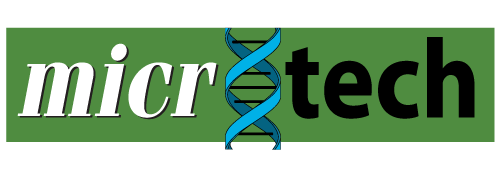Effect of Pleurotus ostreatus (Jacq.) and Trichoderma harzianum (Rifai) on Meloidogyne incognita (Kofoid & White) in tomato (Solanum lycopersicum Mill.)
Two isolations of fungi from a bank of microorganisms in the Biological Sciences Laboratory at Escuela Superior Politécnica de Chimborazo were tested on the galling caused by Meloidogyne incognita in tomato seedlings grown in pots with substrate infested with a suspension of nematodes, with approximately 2000 juvenile stages (J2) from root galls of plants infested with M. incognita, taken from the Nematology laboratory of the Ecuadorian Agricultural Quality Assurance Agency (AGROCALIDAD). Pleurotus ostreatus was a fungus with nematicidal characteristics through production of toxins; while Trichoderma harzianum is a widely known fungus, although it is a plant growth promoter rather than a nematicide. The two fungi were formulated in wheat straw and rabbit manure. A complete randomized design (CRD) with three replications was used, with a chemical control (Fenamiphos) and an absolute control. Five grams of each formulation was applied per plant before the transplant. The number of galls in the roots, plant height, stem diameter, number of leaves and fresh and dry weight of the aerial part and roots of 180 tomato plants grown in greenhouse were evaluated at 60 days after transplant. The results showed that the two fungi reduced the number of galls and made it possible to obtain dry weights of the aerial and radicular part very close to the chemical control (10.09 and 3.39 g) with 8.68; 8.04; 2.96 and 3.25 g respectively. Besides Trichoderma harzianum proved to be a good promoter of root growth, therefore, the use of these bioformulates is a promising measure for the control of this phytonematode.
Descargar